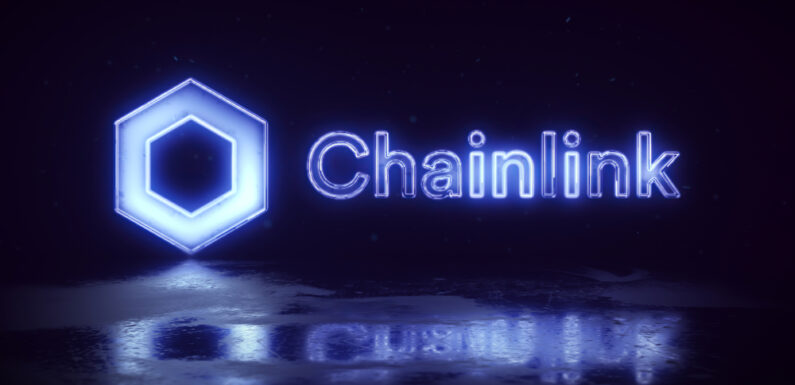
Chainlink is a decentralized oracle network designed to bridge the gap between blockchain smart contracts and real-world data. Its primary function is to provide smart contracts with access to external data, which is crucial since blockchains cannot directly fetch data from external sources due to their isolated nature.
What is Chainlink?
At its core, Chainlink is built to solve the “oracle problem” in blockchain. This problem refers to the challenge of providing blockchains and smart contracts with external data securely and reliably. Smart contracts need to interact with real-world data to execute transactions based on inputs from outside their network.
Chainlink incentivizes a global network of computers (nodes) to provide accurate, reliable data from off-chain sources to on-chain smart contracts.
This data is vital for executing smart contract functions accurately, such as those related to financial transactions, weather data for insurance contracts, and other real-time data needed for blockchain applications to function effectively.
How Chainlink Works
Chainlink uses a decentralized network of oracles to reduce reliance on any single point of failure and to protect against manipulation. Here’s how it functions:
- Data Retrieval: Chainlink node operators retrieve data from external sources.
- Data Processing: Nodes process this data into blockchain-readable formats.
- Data Integrity: Nodes ensure the data remains untampered with and accurate.
Chainlink nodes are compensated with LINK tokens, the native cryptocurrency of the Chainlink network, for their efforts in data processing and maintaining the integrity of the data.
Use Cases of Chainlink
Chainlink’s flexible architecture supports a wide range of applications:
- Decentralized Finance (DeFi): Chainlink provides price feeds for cryptocurrencies, fiat currencies, and commodities, enabling DeFi platforms to function with reliable and tamper-proof data for complex financial products.
- Insurance: It delivers data for smart contracts that depend on real-world data, like weather conditions for crop insurance.
- Gaming: Chainlink can generate random numbers for decentralized games, ensuring fairness and transparency.
- Cross-chain Interoperability: It facilitates the secure exchange of data and commands between different blockchains, expanding the usability of smart contracts across multiple platforms without sacrificing security.
Development and Adoption
Since its inception, Chainlink has seen significant adoption across various sectors in the blockchain ecosystem. It launched on the Ethereum mainnet in 2019 and has since integrated with multiple other blockchains, enhancing its utility and reach. It has become a critical component in the operation of many decentralized applications by providing necessary external data to execute smart contract agreements based on real-world transactions and events.
Chainlink’s Market Position
Chainlink has established itself as a leader in the decentralized oracle space but faces competition from other projects like Band Protocol, API3, and others that also aim to enhance smart contract functionality with real-world data. Despite this competition, Chainlink’s extensive partnerships and its role in numerous high-profile blockchain applications underline its significant footprint in the industry.
Chainlink continues to evolve, adding more features to enhance its reliability, scalability, and data delivery speed, ensuring that it remains at the forefront of decentralized oracle services. The development of Chainlink is a testament to the ongoing growth of the blockchain sector, seeking to bridge the gap between technology and real-world application further.



